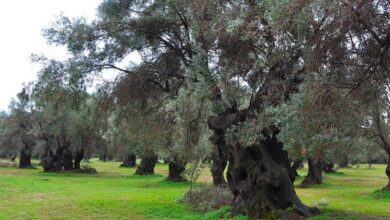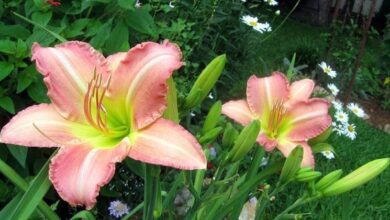Zonal geraniums
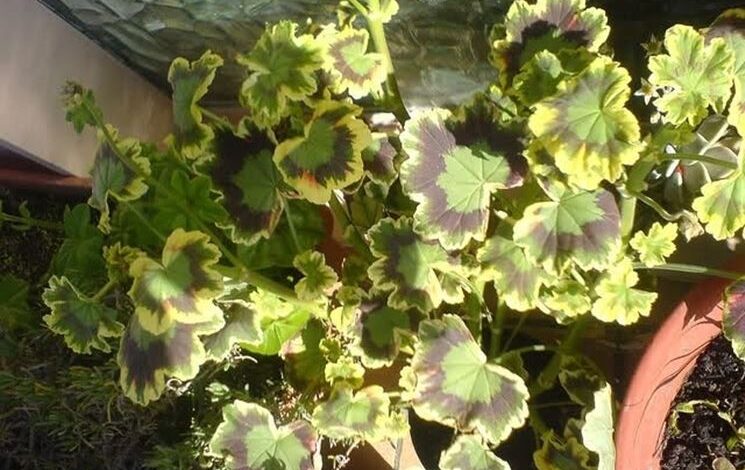
Zonal geraniums, origins and characteristics
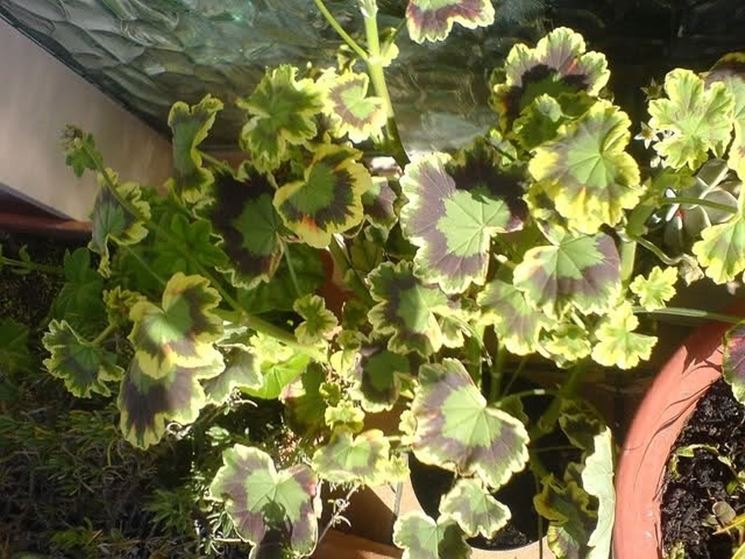
Uses zonal geraniums
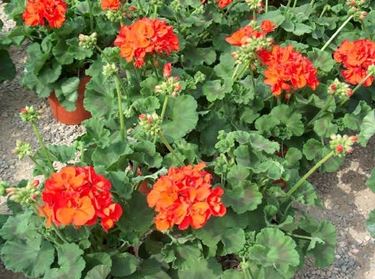
The zonal geraniumsthey have different uses: they can be planted on the ground to form colored flower beds, or lively borders at the foot of tall trees. Or they can be planted in pots or large tubs, a preferred option especially for decorating balconies and terraces. For this type of geranium you will need a large pot, with an oval or round shape, with a diameter between twenty and thirty-five centimeters, depending on the size of the plant. If you buy tubs, however, it will be possible to plant more specimens together, perhaps with flowers of different colors, so as to create a nice visual effect. In this case the plants will be planted at about twenty centimeters away from each other, always based on the size of the tank: a container with a diameter of forty centimeters can contain two geraniums,
Zonal geraniums care
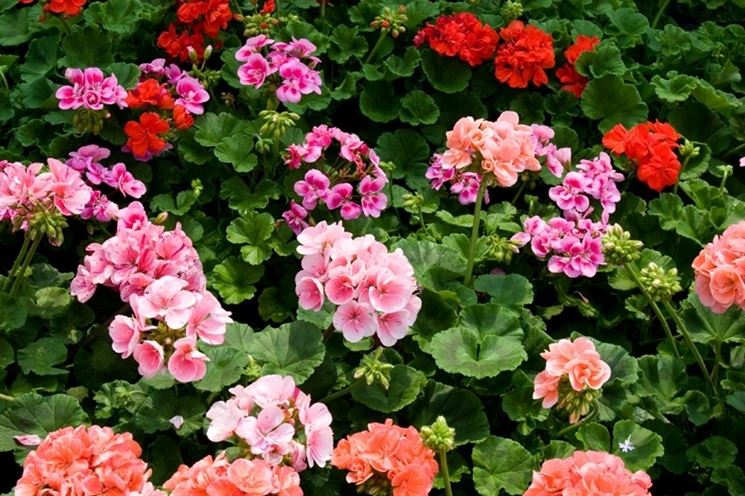
Zonal geraniums, like almost all varieties of geranium, prefer sunny or otherwise bright locations. They could also be in partial shade but the lack of light could compromise flowering, i.e. many leaves could grow but no flowers. However, in summer and in the hottest hours of the day, direct sunlight could damage the foliage, so in these cases it is advisable to move the pots to a more shaded area. As for the soil, it must be prepared with a specific soil for geranium, available on the market. Alternatively, we can prepare it personally using peat and clay and checking, however, that the ph of the final soil does not exceed the level of 6.2. The zonal geraniumsthey must be fertilized: organic fertilizer, made up of humus and manure, must be alternated with slow-release fertilizer specific for geraniums. The latter should be diluted in irrigation water at each watering, while the organic one should be administered above all during the vegetative period.
Zonal geraniums watering and multiplication
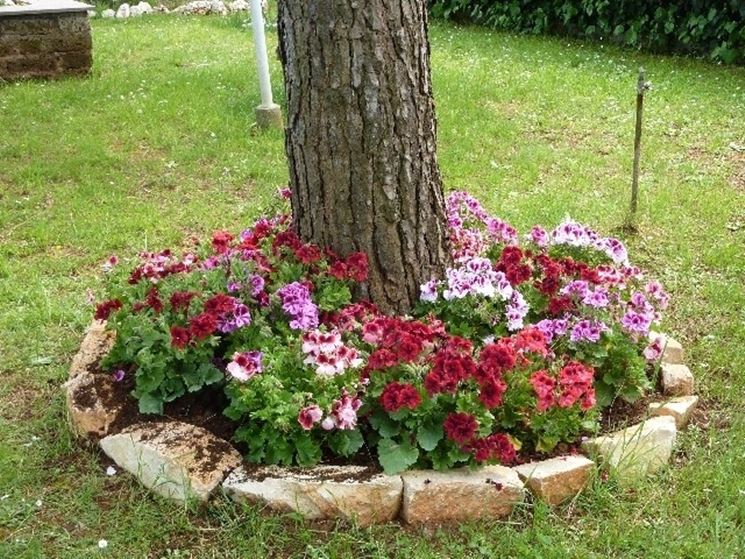
The zonal geraniums do not tolerate water stagnation, to which they prefer drought. If we use saucers, therefore, they should never be left full of water. In the vegetative phase the plants must be watered regularly but you must always wait for the substrate to dry before proceeding with the next irrigation. In the warm season until the beginning of autumn, watering must be daily, preferably in the early hours of the day. In winter, however, irrigation can also be suspended. Furthermore, for zonal geraniums, it is advisable to act preventively against parasites with specific treatments that will prevent the danger of mites and aphids in summer. The zonal geraniums can be multiplied by cuttings in order to obtain a plant identical to the original one: the operation must be done in spring by removing a portion of the plant from the top of the stem, from which the leaves will be removed and then planted in a well-drained and soft soil, where it will root quickly. After about a month the new plant can be moved to another pot.

